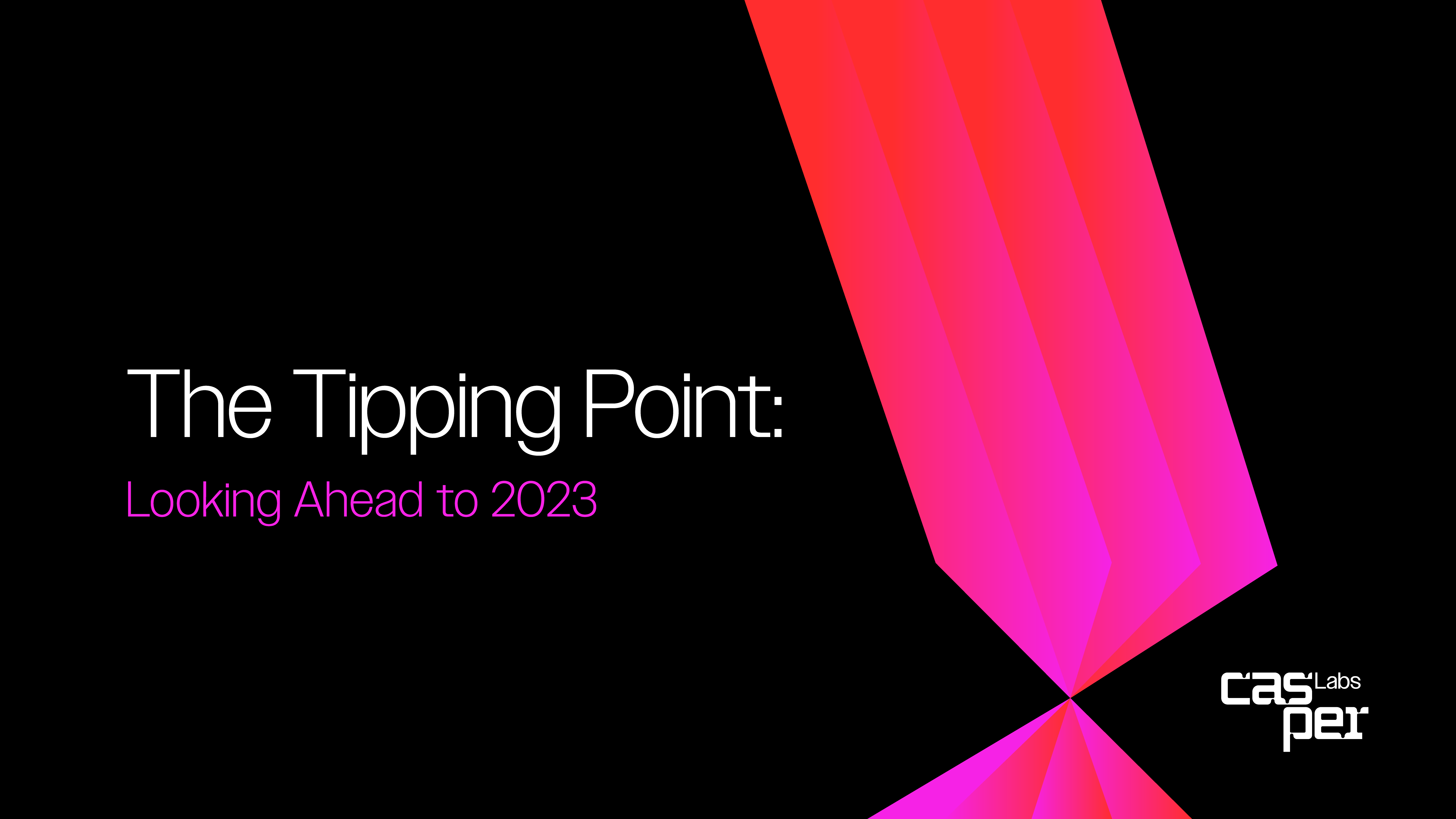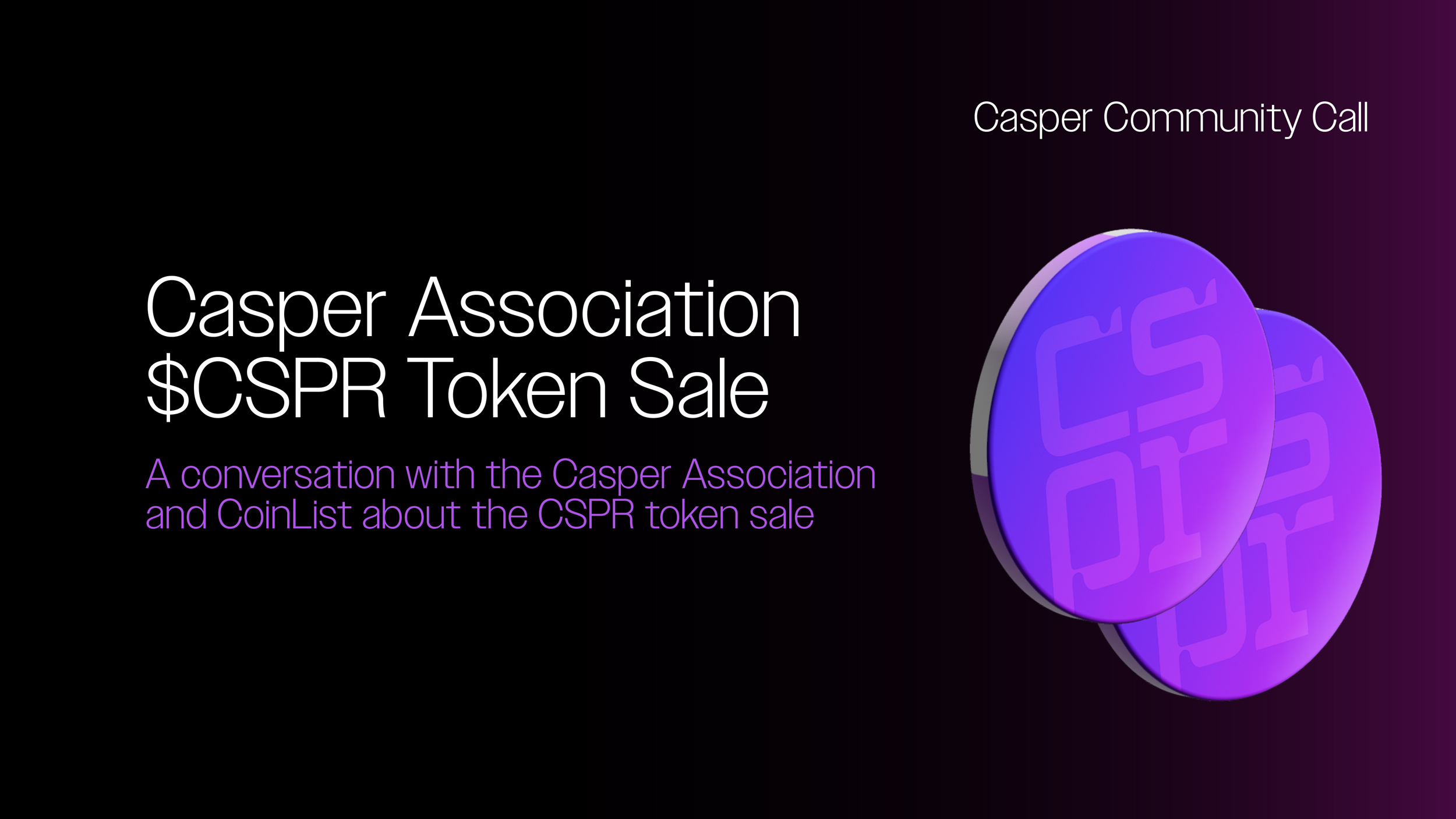Overcoming Supply Chain Pain Points With Blockchain
Matt Coolidge
SVP of Global Communications
Imagine a discerning whiskey connoisseur purchasing what they believe to be a rare and valuable bottle. Based on factors like age and provenance, one bottle of whiskey from a reputable distillery can cost as much as a new car. Now, imagine the disappointment and frustration this customer experiences upon realizing the bottle is nothing more than a convincing counterfeit.
Today, product authenticity in the alcoholic beverage industry—and luxury goods more broadly—relies on in-store experiences, holograms, physical certificates, and manual recordkeeping. But businesses often don’t have enough operational visibility to track the journey of their goods from production to delivery, leaving room for forgery. Add a lack of consistent quality control and compliance measures (as well as slow product recalls due to difficulties identifying affected batches) and brands constantly risk losing consumer trust.
From increasing supply chain transparency to verifying the origin and legitimacy of products, blockchain technology enables brands to meet customer expectations and remain competitive by offering a reliable, secure way to authenticate goods while holding suppliers and distributors accountable to industry standards.
Authenticating products—from the factory floor to the consumer’s hands
With the rise of online marketplaces, supply chains across markets are vulnerable to counterfeit products, with brand dilution becoming a glaring issue, especially in the fashion and consumer goods industries. But blockchain technology gives brands the ability to create immutable digital records.
Each transaction or event, from raw material sourcing to manufacturing, transportation, and delivery, is securely recorded in a decentralized ledger. This ensures a complete, unalterable history of where the product was sourced, created, and approved for sale.
It’s especially useful for authenticating unique, high-end products that are priced based on rarity or place of origin. When procuring gemstones, for example, jewelers need to know almost every detail about a product—where it was mined, where it was cut, which organization certified its quality, and whether the supplier adhered to industry regulations.
Jewelers can access this essential information about a gemstone by using the product’s own unique identifier recorded on the blockchain. The identifier—which can take the form of a digital certificate or RFID tag—contains defining product details and sign-offs from validators, suppliers and distributors verifying the gemstone’s authenticity.
Through QR codes and mobile apps, the end-customer can also use identifiers to ensure that the gemstone they purchase is real. At the jewelry shop, they can scan a unique code on the product’s packaging to learn about its origin and the brand’s sourcing methods, empowering them to make informed choices.
Improving real-time visibility for compliance and accountability
The need to reliably authenticate products is just one major supply chain pain point. Many businesses source raw materials from a wide range of global suppliers, making it challenging to maintain uniform quality standards—and not just when it comes to luxury goods.
Different geographic regions tend to have diverse regulatory requirements, further complicating compliance efforts. It doesn’t help that traditional supply chain data is often siloed among stakeholders, making it difficult to monitor and enforce industry standards.
In heavily regulated industries, such as the pharmaceutical sector, ensuring consistent regulatory compliance at each stage of the supply chain is key to promoting consumer health and safety. With blockchain technology, all records related to quality control remain intact and tamper-proof.
Businesses can also use blockchain to monitor the status of their supply chain in real time. On average, it costs about $10 million to recall a food product, mainly due to difficulties with tracing the root cause of the problem. With real-time insights into a shipment’s condition, businesses can more easily pinpoint where and when the issue arose.
Reducing waste and keeping the cold chain fresh
It’s estimated that half of all vaccines around the world are wasted due to excessive temperature deviations during transportation and storage—this, too, is a supply chain problem. In scrambling to mitigate temperature excursions and outsized losses, pharmaceutical companies are slowly moving away from fragmented data management systems. And blockchain technology offers a crucial alternative.
In addition to enhanced tracking capabilities, blockchain technology can also leverage smart contracts—or self-executing agreements with predefined rules and conditions—to trigger an automatic alert when a shipment reaches a certain location or temperature threshold. This streamlines the audit process, allowing participants to move quickly to address the issue.
With blockchain, supply chains are no longer a bottleneck
Blockchain-based track and trace systems offer comprehensive solutions to common pain points in manufacturing and supply chain logistics. The technology protects customers and businesses alike by establishing an immutable, transparent ledger that diligently records every detail of the product lifecycle.
While blockchain technology certainly won’t solve every supply chain challenge that businesses face today, it can help reduce much of the pressure brands feel around authenticity, tracking, and supply chain waste. Its capabilities empower businesses to enhance their operational visibility, build consumer confidence, and uniformly apply quality and compliance standards at every step of their supply chain.


